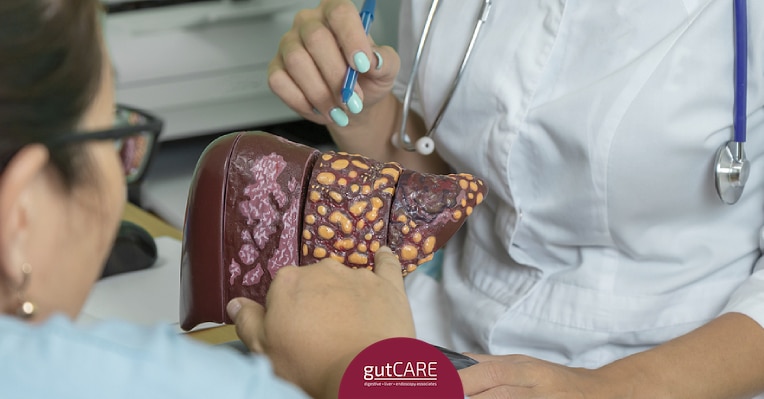Management Of Variceal Bleeding: Therapies & Procedures

In an average healthy body, blood flows from our spleen and intestines to our liver through the portal vein. However, individuals who have severe cirrhosis or liver scarring, they suffer from improper blood flow through the liver. In such cases, the blood flowing from the spleen and intestines are then re-routed through the small vessels found mainly in the oesophagus and stomach.
This re-route of blood causes the small vessels to be then swollen. This condition is varices. Due to the high-pressure flow and the thin vessel walls, the varices may rupture, resulting in what we term variceal bleeding within the upper portion of the gastrointestinal tract.
How is variceal bleeding managed?
For patients with enlarged gastric or oesophageal varices who are at higher risk of rupturing, preventive treatments such as the use of beta-blocker are adopted. Beta-blockers such as propranolol or nadolol help to reduce the varices’ pressure. In some instances, endoscopic therapy may be implemented to avoid the occurrence of variceal bleeding.
In the case that the individual is already suffering from active variceal bleeding, they need to be sent to the ER immediately. Treatments in such cases may consist of blood transfusion to replenish any blood loss. To help stem variceal bleeding, a medication known as octreotide is administered intravenously to reduce the pressure found within the varices. Also, urgent endoscopic therapy is also implemented.
What exactly is endoscopic therapy?
It is a form of treating and preventing variceal bleeding without needing to do surgery. The most common procedure, endoscopic variceal banding, is when rubber bands are tied around the varices. This is most commonly applied when the varices are found in the oesophagus. In cases where the varices occur in the stomach, banding is typically not possible. Hence, the preferred gastric varices management is injecting glue through endoscopy.
It usually takes more than one session to remove varices completely. Hence repetitive endoscopies are required.
What happens if endoscopic therapy does not work?
In severe cases where endoscopic therapy has failed or is not possible, treatments such as surgical or radiologic portosystemic shunt procedures may be employed to reduce variceal bleeding. The most common approach is a transjugular intrahepatic portosystemic shunt (TIPS). Performed by a radiologist, the procedure consists of a needle being inserted through the neck’s jugular vein, then into a hepatic vein, then into a portal vein. An inflatable balloon-tipped catheter tube is employed to widen the section between the portal and hepatic vein, thereby reducing the pressure within the two veins.
Conclusion
In order to prevent the occurrence of variceal bleeding, it is vital to care for your liver. That includes reducing your alcohol intake, having a healthy diet, maintaining a healthy weight, and reducing the risk of contracting hepatitis b. Above all, it is always encouraged to go for regular medical check-ups.
Nevertheless, if you are looking to have better gastrointestinal health, then allow GUTCARE to help you. From general stomach pain treatment to more focused ones like Irritable Bowel Syndrome, we specialise in ensuring you maintain a healthy gut system. Visit https://www.gutcare.com.sg/ to find out more!




